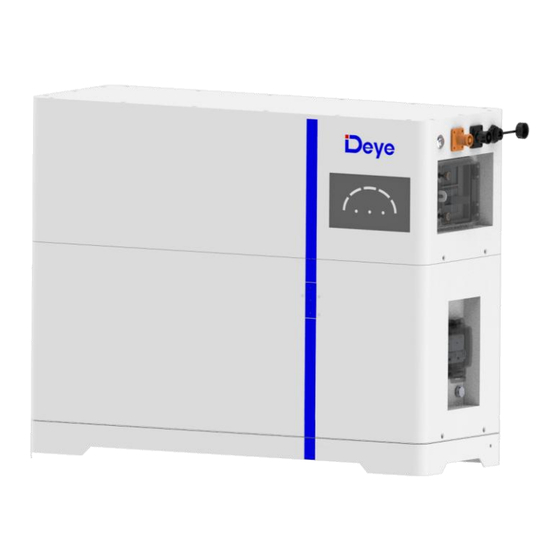
Deye Spring Series User Manual
Lfp battery
Hide thumbs
Also See for Spring Series:
- User manual (49 pages) ,
- User manual (27 pages) ,
- User manual (24 pages)
Advertisement
Advertisement
Table of Contents










Need help?
Do you have a question about the Spring Series and is the answer not in the manual?
Questions and answers